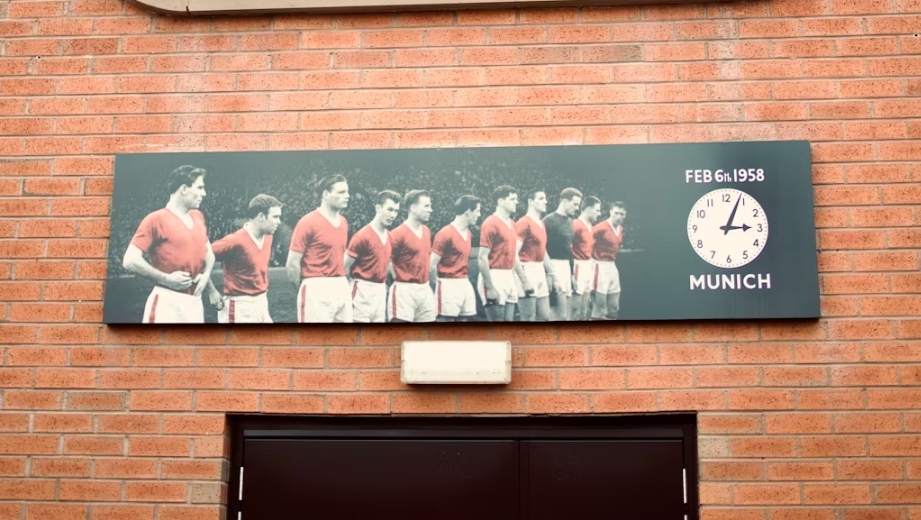Table of Contents

Football tells the story of humanity, bridging divides and igniting passions, reminding us that every kick, every goal, carries the weight of history and the dreams of millions.
It is challenging to establish a precise date for the emergence of football or to identify the first cultures to engage in this game, which has evolved into more than just a sport; it has become a unique intersection of sports, economics, media, and more. Like any human endeavor, football has undergone numerous transformations, evolving from its primitive origins through various changes in rules and systems to become the global phenomenon it is today.
Research and literature on the history of football suggest that the game was played by ancient Chinese using a ball made of leather and stuffed materials. In medieval Europe, players contested over a ball filled with horsehair. The rubber ball covered with leather was invented in the mid-19th century, credited to North American Charles Goodyear and three Argentinians: Tosolini, Balponce, and Polo.
This characterization of primitive football is detailed in Eduardo Galeano’s book, Football Between Sun and Shadow (translated by Saleh Al-Aamri). Yet, the sport has experienced many significant phases and pivotal moments since its inception, ultimately taking its modern form in the United Kingdom.

Football is not just a game; it’s a journey through time, uniting cultures and generations, celebrating both the struggle and the triumphs of the human spirit.
The Split from Rugby
Modern football traces its roots to an agreement among 12 English clubs in London during the fall of 1863, following rules established by Cambridge University in 1846 that formally separated football from rugby. Players were prohibited from carrying the ball, although they were allowed to touch it, and directing kicks at opponents was banned; kicks had to be directed solely at the ball. The London agreement did not define the number of players per team, the dimensions of the pitch, the height of the goal, or the match duration. Games typically lasted two to three hours, during which players would converse and smoke when the ball was distant, even though offside rules were known, and scoring from behind the opponent was deemed unacceptable.
According to Football Between Sun and Shadow, referees made their debut in 1872, with players acting as their own referees until that time. By 1880, referees began using timing devices to signal the end of matches. The concept of the penalty kick was introduced in 1891, with referees marking the penalty spot approximately 12 paces from the goal.

A New Era
The English Football Association, founded in 1863, was the first governing body in the history of the sport, with Sheffield FC recognized as the first football club, established on October 24, 1857.
Football entered a new developmental phase as English dominance waned with the establishment of FIFA (Fédération Internationale de Football Association) in 1904, which has since governed the global landscape of football.
Since the inaugural World Cup held in 1930 in Uruguay, initiated by Frenchman Jules Rimet, FIFA has implemented numerous amendments to the original British rules governing the game.
Following the formal establishment of football in official competitions, many rule changes occurred, including the introduction of nets in goals in 1925, uniform colors for team players, and in 1937, revisions to pitch lines, including the creation of a semicircle outside the penalty area to ensure equal distance for players during penalty kicks.
The Spectacular Game and Video Technology
The evolution of football and its regulations continues to align with technological advancements and changes across various domains. Players’ kits now consist of shorts, shirts, socks, sports shoes, and shin guards, with goalkeepers donning gloves. The International Football Association Board (IFAB), responsible for developing and reviewing football rules, has made significant changes over the years. Initially, teams were allowed two substitutions per match, which increased to three, and in 2020, the board permitted five substitutions per team due to the COVID-19 pandemic.
In 2018, after extensive trials in several major competitions, the Video Assistant Referee (VAR) technology was officially integrated into the rules of football. Despite its implementation, VAR is applicable only in specific situations such as red cards, penalty kicks, offside, and other pre-goal errors, and its usage remains limited to certain countries and competitions.
Overall, since its modern form emerged in the late 19th century, football has navigated numerous phases, continuously adapting to global developments and technological advancements, leading to its increasing popularity among fans.
